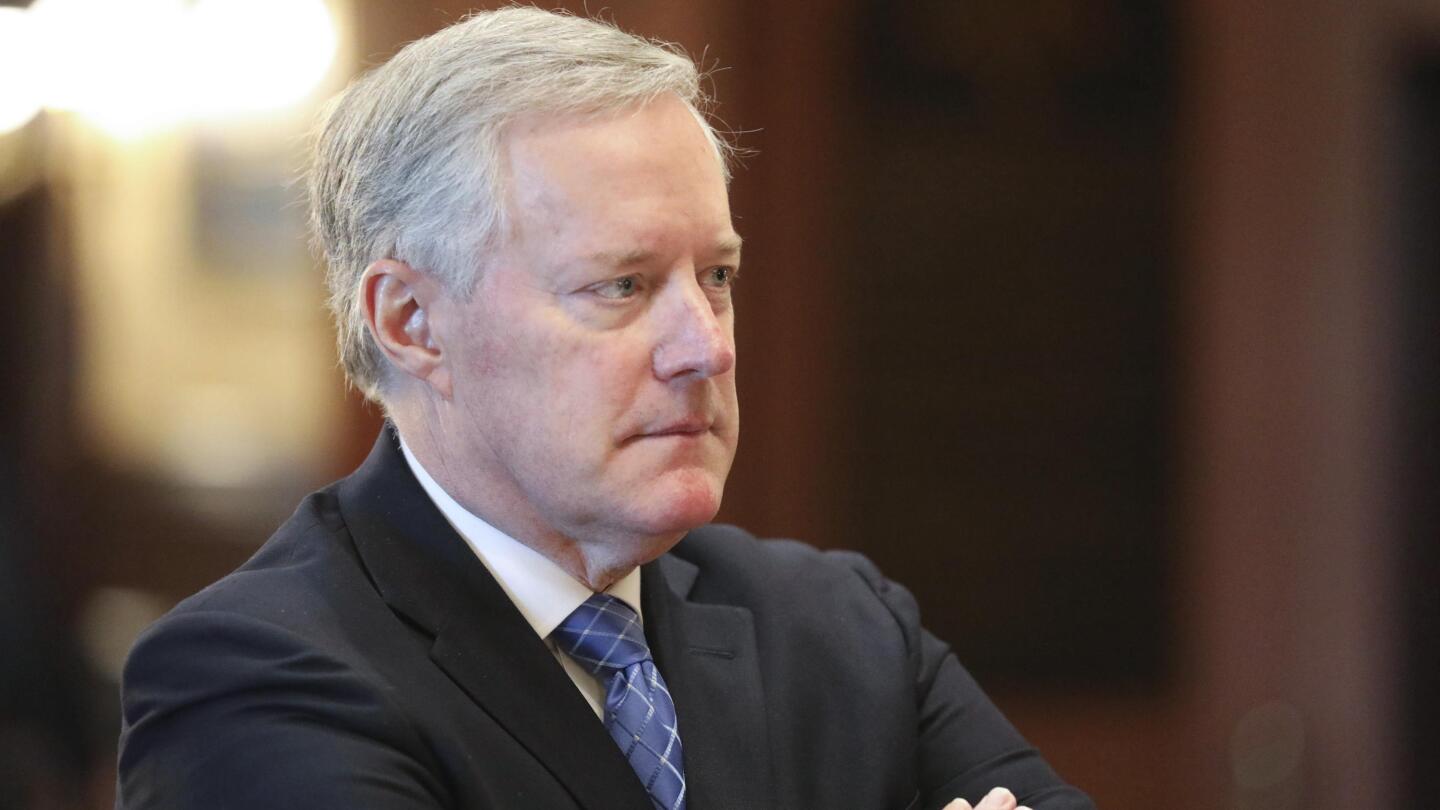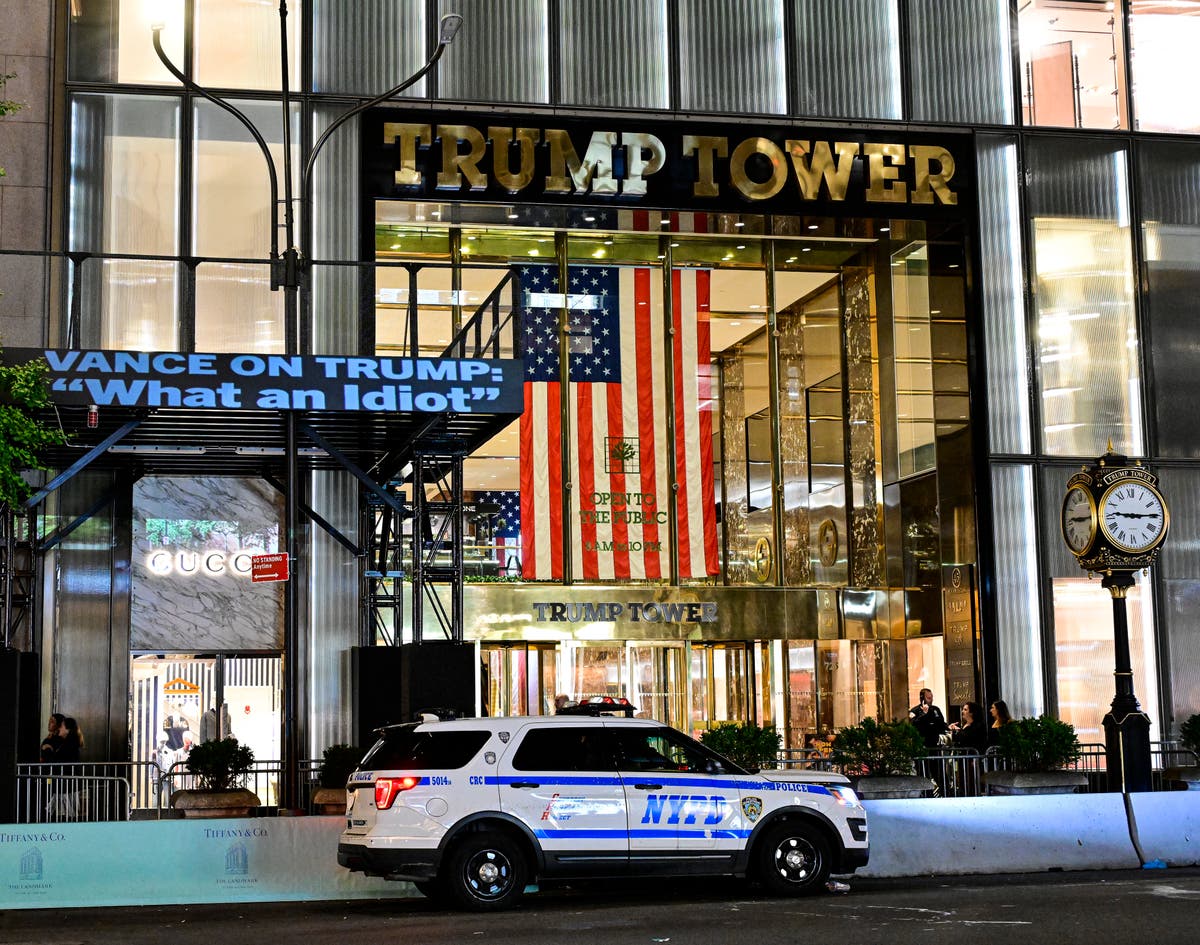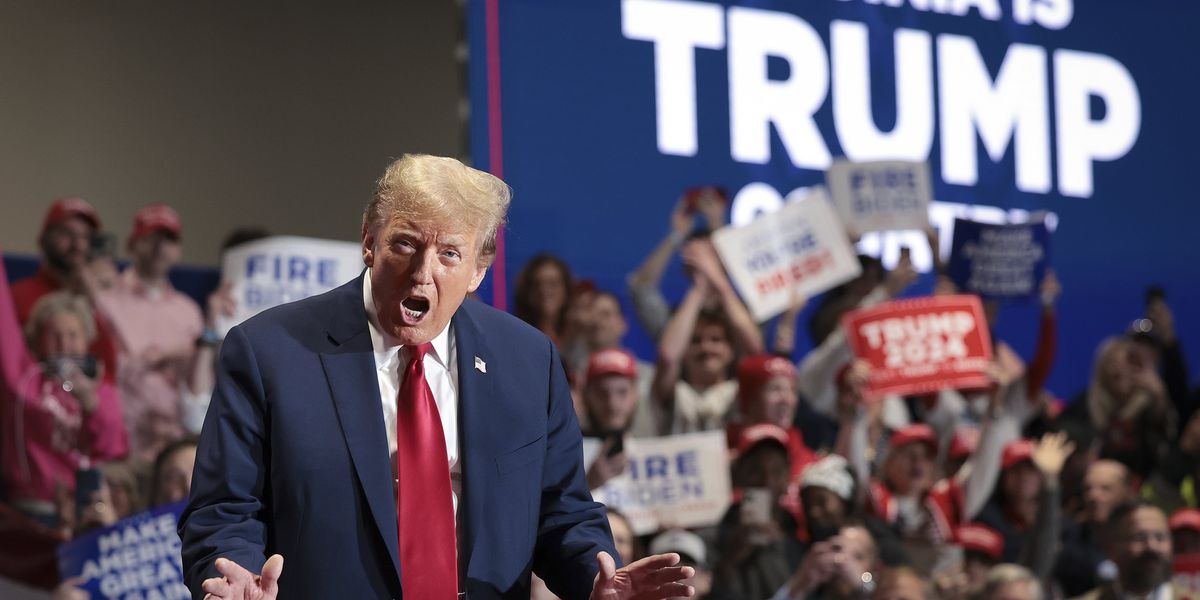
The Chilling Lesson of Mark Meadows’ Text Messages
SlateThe more we learn about what Donald Trump and his aides heard and did on Jan. 6, the more clearly we understand his corrupt intent. Fox News host Sean Hannity told the chief of staff that Trump should “ask people to leave the Capitol.” Laura Ingraham wrote that “the president needs to tell people in the Capitol to go home.” House Minority Leader Kevin McCarthy, in a phone call with Trump, told the president that the attackers were breaking into McCarthy’s office, and he implored Trump to “call them off.” But Trump held out. One aide, Jason Miller, drafted tweets in which the president would urge his people to “leave the Capitol” and “head home.” Trump never sent those tweets. Chris Christie, tried to get hold of Trump to issue a plea—which Christie, in exasperation, delivered on ABC at 4:00—that Trump should “tell his supporters to leave the Capitol grounds.” The text messages to Meadows show that Trump’s allies were also imploring him to go beyond tweets and speak to the mob by video. He finally asked his followers to “go home,” but he also refueled their rage, repeating his lie that the election “was stolen from us.” Two hours later, as the conflict was winding down, he defended the insurrection as a logical response to enemies who had “viciously stripped away” his “sacred landslide election victory.” When you put the evidence together—Trump’s instructions to the crowd at his Jan. 6 rally, his subsequent tweets, Miller’s rejected drafts, Christie’s plea, and the text messages from Hannity and Ingraham—all of it is consistent with this theory: For about two hours, despite being asked to tell his people to leave the Capitol and go home, Trump refused to do so, because he wanted to maintain leverage over Congress.
History of this topic

Mark Meadows stuck in fight for White House documents he claims prove innocence: report
Raw Story
Mark Meadows presents threat to 'high-level officials' who aided Trump's insurrection
Raw Story
“He is toast”: Legal experts call out Mark Meadows’ “incriminating admission” on the witness stand
Salon
Legal analyst cites Mark Meadows' most 'telling' comment during court hearing
Raw Story
Mark Meadows throws a hitch in Trump's "declassifying" documents narrative
Salon
Mark Meadows ‘flipped hard’ on Trump: ex-January 6 committee adviser
Raw Story
Reporter reveals 'frightening' gaps in Mark Meadows texts laying out 'broad plot' to overthrow government
Raw Story
Leaked texts show Mark Meadows was in direct contact with operative who plotted to seize voting machines
Raw Story
Mark Meadows' texts 'paint a very clear portrait' of Team Trump's plot to overthrow the election: Maggie Haberman
Raw Story
Meadows says 1/6 panel has sought to publicly ‘vilify’ him
Associated Press
New Texts Reveal Jan. 6 Discussions Between Mark Meadows And Trump Backers
Huff Post
Mark Meadows is 'up to his neck' in two possible federal crimes: MSNBC legal analyst
Raw Story
Mark Meadows’ 2,319 text messages reveal Trump’s inner circle communications before and after January 6
CNN
Official: Meadows had been warned of possible 1/6 violence
Associated Press
Secret Service warned the White House of Capitol violence two days before the attack — Trump ignored it: court filing
Raw Story
BUSTED: Trump Jr texted Meadows that overturning the 2020 election would be ‘very simple’
Raw Story
January 6 Committee obtains text messages between Clarence Thomas' wife and Mark Meadows: report
Raw Story
Texts show top Trump defenders’ private alarm on Jan. 6
Associated Press
Texts show top Trump defenders’ private alarm on Jan. 6
Associated Press
Fox News Hosts, Don Jr. Texted En Masse To Get Trump To Do Something Amid Capitol Riot
Huff Post
Liz Cheney reads bombshell Jan. 6th text messages -- including panicked messages from Don Trump Jr.
Raw Story
Opinion: Panicky texts to Mark Meadows paint a damning picture
CNN
Jan. 6 committee 'has the receipts' from Meadows -- and they deliver a brutal narrative about Trump: CNN reporter
Raw Story
'It's lunacy': CNN's John King shocked by conspiracy theorist briefing Mark Meadows
Raw Story
Mark Meadows led 'malicious and depraved' coverup as Trump rioters sacked the Capitol: columnist
Raw Story
Mark Meadows conspired with a lawmaker to send bogus Trump electors to Congress
Raw Story
The list of people who called or texted Mark Meadows about Trump and Jan 6
Raw StoryFormer Trump chief of staff Mark Meadows refuses to cooperate with Capitol Riot investigation, now faces contempt charges
ABC
Meadows text messages reveal he secretly chatted with GOP members about an election overthrow plot
Raw Story
Mark Meadows accidentally reveals what Jan. 6 evidence is 'freaking out' Trump allies: MSNBC's Morning Joe
Raw Story
Trump regrets: Mark Meadows spilled the beans on COVID. What will he say about Jan. 6?
Salon
Mark Meadows names officials who most likely leaked embarrassing story of Trump hiding in a bunker
Raw Story
Former Trump aide Meadows halts cooperation with January 6 probe
Al Jazeera
Mark Meadows, Trump's former chief of staff, suddenly backs out of cooperating with Jan. 6 probe
Salon
Mark Meadows goes public with damning Trump news before sitting down with Jan 6 probe
Raw Story
Mark Meadows was a 'regular figure' on Jan. 6 planning calls with organizers: report
Raw Story
Mark Meadows and his crew of 'Trump whisperers' played into the presidents worst instincts on COVID: book
Raw Story
The creepiness of Mark Meadows should not be underestimated in Trump’s reign
Raw StoryDiscover Related













































